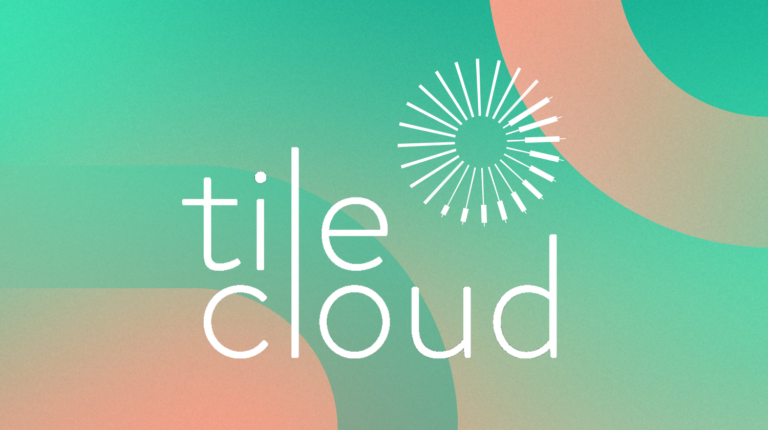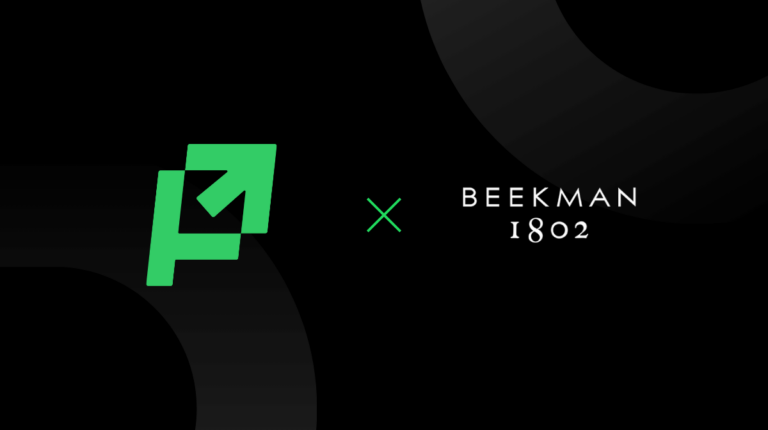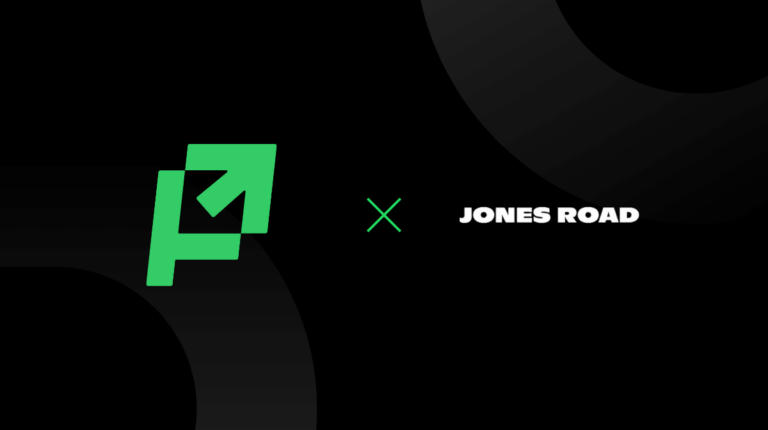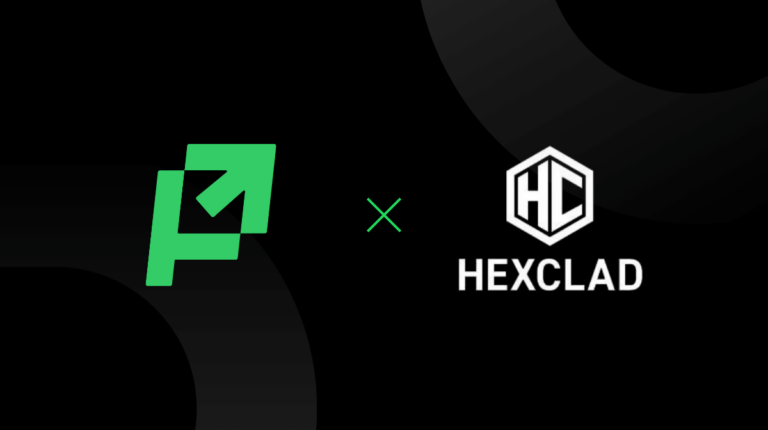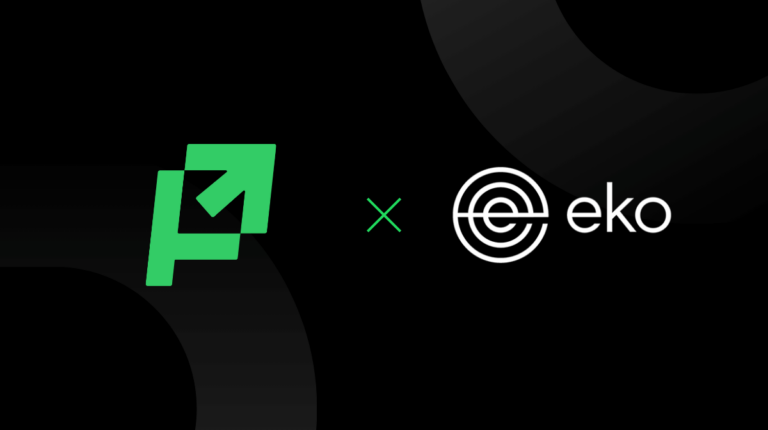Key Snapshot
- TileCloud is changing home renovation for customers across Australia by making it easier (and more fun) for people to find and order tiles.
- TileCloud has a unique sales cycle that’s fundamental to the tile-buying process.
- With Prescient, TileCloud was finally able to put a more accurate ROAS value on their top-of-funnel campaigns

TileCloud is changing home renovation for customers across Australia by making it easier (and more fun) for people to find and order tiles. They’ve historically relied on their ad platforms and Google Analytics data using pixels and Google Tag Manager to track their customer interactions so they can make informed decisions about their marketing spend.
TileCloud has a unique sales cycle that’s fundamental to the tile-buying process. Their acquisition of new customers comes in two parts: Customers’ first purchases are small; they’re ordering samples to preview in their homes before they go on to purchase tiles. Because of this, the second purchase is typically a much larger one and is often placed days or weeks later. With two dramatically different AOVs built into the customer journey, ROAS isn’t a completely helpful metric for TileCloud.
“We knew we needed a better way to understand the value of customers in those first two purchases,” said Drew Mansur, TileCloud Co-Founder. “Most platforms didn’t get us or our customers. Those first two purchases are wildly different but intimately tied. Acquisition is so strongly tied to a low revenue first purchase, so ROAS is essentially useless, and other attribution services didn’t get that. We felt that Prescient did.”
Understanding the value of top-of-funnel
With Prescient, TileCloud was finally able to put a more accurate ROAS value on their top-of-funnel campaigns—one that worked with their unique business model. That’s because the platform includes halo effects, a measurement that’s missing from how attribution is modeled in ad platforms.
Introducing halo effects—how your campaigns influence down-stream interactions with a brand through direct traffic, organic traffic, or branded search—gives a ROAS metric for top-of-funnel campaigns that more accurately captures their effects. “We can make some meaningfully actionable business decisions at the top of funnel where in the past we were unable to do so only relying on last click,” Mansur said.
Since Prescient’s model doesn’t need pixels to work, the platform inherently looks beyond pixel attribution windows and uses that information to produce a ROAS that’s modeled back to the starting event. Incorporating halo effects into the measurement allows Prescient to provide what Mansur calls “a more apples to apples ROAS” for clients with unique customer journeys like TileCloud.
Mansur and his team can now use ROAS as one metric for success instead of relying on CPA alone as they were doing before.
There’s only so long you can watch reported revenue drop before you take action. Prescient tracked seamlessly and gave us the confidence to keep the pedal to the metal.
— Drew Mansur, TileCloud Co-Founder
Your data, clearer and simpler
To make decisions more quickly, Mansur was also able to view all these metrics in one clear and simple dashboard since Prescient aggregates information from every data source TileCloud connected—without removing or obscuring any information.
The halo effects reports that allowed TileCloud to use ROAS also reflected their team goals. Since the dashboard focuses on acquisitions through these reports, it aligns with their team priority to focus on growth. “If you’re concerned about business growth, who isn’t, and the full effectiveness of top of funnel activity, this is the tool that gives better insight than anything else,” says Mansur.

Results
- Prescient’s dashboard reported sessions and revenue that matched TileCloud’s internal numbers, while Google Ads showed revenue and ROAS down 30%.
- With Prescient, TileCloud was finally able to put a more accurate ROAS value on their top-of-funnel campaigns.
- TileCloud avoided turning off campaigns that were working by using Prescient’s reporting that accurately reflected their revenue.
Prescient offered a steady, reliable source of information
“We were already starting from a point of limited actionability with pixels,” said Mansur. “Because of the length of our purchase cycle, a lot of activity happens beyond a 7-day, or even 28-day, window.” Although TileCloud signed on to Prescient knowing about these limitations, their pixels soon threw them a new challenge.
In early 2023, one of TileCloud’s pixels wasn’t tracking all sessions. “Our reported revenue was down despite minimal changes to spend and no change in our actual reported ecommerce revenue,” Mansur added.
Their Google Ads reporting was particularly challenging: spend, clicks, and impressions were up; CPC and CPM were down; however, their Google Ads platform reported revenue and ROAS were down nearly 30%, despite no change in actual ecommerce revenue. Since Prescient doesn’t use pixels, the dashboard was able to track TileCloud’s sessions without interruption—and the revenue reported was a steady heartbeat that matched their internal numbers—while pixel-reliant Google Ads struggled to make sense of less pixel data and assumed revenue went down.
“We could have turned off what turned out to be effective campaigns if we didn’t have Prescient,” Mansur said. “There’s only so long you can watch reported revenue drop before you take action. Prescient tracked seamlessly and gave us the confidence to keep the pedal to the metal.”
Conclusion
TileCloud has moved forward confidently, knowing their Prescient dashboard will capture data about their sessions even if problems pop up with their pixels in the future. What could have been a stumbling block instead highlighted the ally they have in their corner, allowing them to stay the course without missing a step forward.
